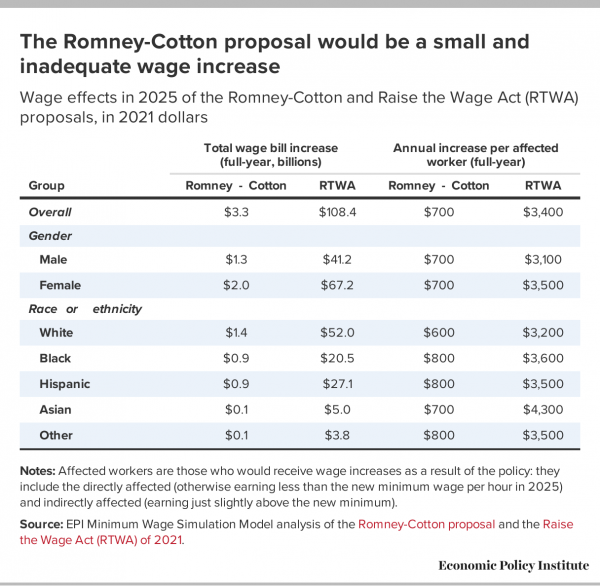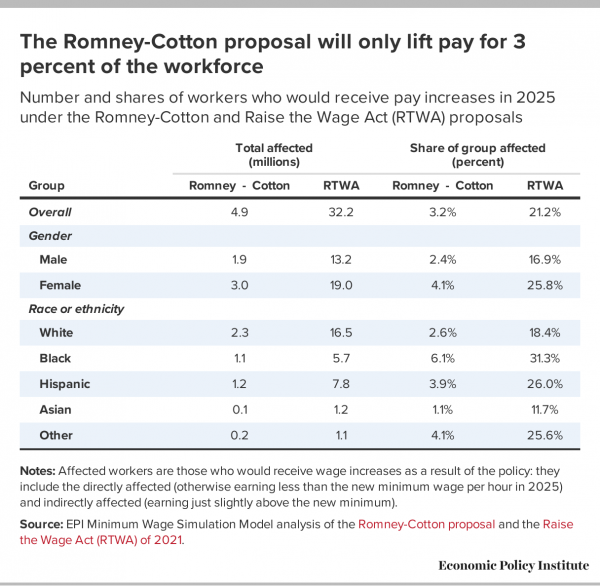Yellen speaks to the NY Times. Commentary?
text-only below
Janet Yellen on Jobs, Debt, Taxes, Climate and Cryptocurrencyhttps://www.nytimes.com/2021/02/23/business/dealbook/janet-yellen-dealbook.htmlJanet L. Yellen, the Treasury secretary, has given only a handful of interviews since taking up her post about a month ago. Business leaders and investors hang on her every word, trying to divine how she and the Biden administration will steer policy and how this will impact the economy and the markets. Ms. Yellen, previously the chair of the Federal Reserve, is skilled at staying on message, but in an interview with me for the DealBook DC Policy Project, she hinted at some policy priorities in her typically understated way.
Here are the highlights of what she said about some of the biggest issues — and my interpretation about what it means.
On jobs
When I asked Ms. Yellen what metric she would use to measure success in her new role, she made it clear that one issue rose above all others: "A simple one would be how long is it going to take us to get unemployment down to the levels we enjoyed prior to the crisis," she said.
But don't just look at the headline unemployment rate as the gauge. She is using an even tougher measure, which means she is likely to push for stimulus and other policies to goose the economy beyond what may be expected. "Remember, the unemployment rate was at a 50-year low of 3.5 percent," she said of the situation before the pandemic, contrasting it with the current rate of 6.3 percent. "Really, though, if you count in addition to the almost 10 million who are registered as unemployed, if you add in the four million who have dropped out of the labor force — for health reasons, because they have child care responsibilities — and two million people who have reduced hours or pay, we're looking at an unemployment rate that really is close to 10 percent."
ADVERTISEMENT
Continue reading the main story
On debt
How much is too much? That's the key question economists are debating as government debt soars, with some arguing that the old fiscal rules no longer apply. Ms. Yellen, who was known for her dovish tendencies at the helm of the Fed, doesn't go that far. However, she made an argument that "traditional metrics" like the debt-to-G.D.P. ratio are the wrong things to look at to judge whether the country can afford more debt. "I remember back in 2007, the debt-to-G.D.P. ratio before the financial crisis was 35 percent. And now it's around 100," she said.
Refer someone to The Times.
They'll enjoy our special rate of $1 a week.
A more important measure, for her, is the cost of debt. "Just look, for example, at interest payments on the debt as a share of G.D.P. Currently that's under 2 percent," she said. "And it's no higher than it was in 2007. So, I think we have more fiscal space than we used to because of the interest rate environment. And I think we should be using it now to address an emergency."
On taxes
Ms. Yellen said that she wasn't planning a wealth tax à la Senator Elizabeth Warren — "it's something that has very difficult implementation problems" — but in her most direct comments yet on the topic, the Treasury secretary said that she was prepared to look at ending tax treatment that could have a similarly profound effect. She plans to explore stopping a rule that allows assets to be passed on after death at their current — or "stepped up" — value, without paying taxes on the gains accrued over time. The Center on Budget and Policy Priorities crunched the numbers and estimated that unrealized capital gains account for as much as 55 percent of assets in estates worth more than $100 million.
Private-equity executives should also take note: She hinted that she wanted to look at "carried interest," which allows some financiers to pay taxes on their income at capital gains rates as if they had invested the money themselves.
Ms. Yellen seemed less convinced about a financial transactions tax, which some have suggested could raise $80 billion a year by imposing a small charge on every trade, which would hit Wall Street most of all. "It could deter speculation but it might also have negative impacts," she said.
Editors' Picks
What Frances McDormand Would (and Wouldn't) Give to 'Nomadland'
The Lockdown Showed How the Economy Exploits Women. She Already Knew.
We Are Saying It With Flowers. Loudly and Repeatedly.
Continue reading the main story
ADVERTISEMENT
Continue reading the main story
On cryptocurrency
Ms. Yellen doubled down on a "buyer beware" message to investors in Bitcoin. "I don't think that Bitcoin — I've said this before — is widely used as a transaction mechanism. To the extent it's used, I fear it's often for illicit finance," she said. "It's an extremely inefficient way of conducting transactions. And the amount of energy that's consumed in processing those transactions is staggering. But it is a highly speculative asset, and I think people should beware. It can be extremely volatile, and I do worry about potential losses that investors in it could suffer."
Ms. Yellen is more interested in the prospect that the Federal Reserve could develop a so-called digital dollar, the first time she appears to have made public comments about that prospect. Crypto supporters may interpret this as an endorsement of the idea — Ms. Yellen's predecessor, Steven Mnuchin, seemed less interested in it — which shares some of the technologies that underpin Bitcoin and other cryptocurrencies. "It makes sense for central banks to be looking at it," she said. "We do have a problem with financial inclusion. Too many Americans really don't have access to easy payment systems and to banking accounts, and I think this is something that a digital dollar — a central bank digital currency — could help with. I think it could result in faster, safer and cheaper payments."
There are a number of "issues" to be resolved before central banks get into digital currencies, she said. "What would be the impact on the banking system? Would it cause a huge movement of deposits out of banks and into the Fed? Would the Fed deal with retail customers or try to do this at a wholesale level? Are there financial stability concerns? How would we manage money laundering and illicit finance issues? There's a lot to consider here, but it's absolutely worth looking at."
On the climate
Ms. Yellen has said that dealing with climate change is part of a broader mandate for the Treasury, as it is for other departments under President Biden. One of the most fascinating comments she made had to do with the role of financial institutions, and the risk they face by investing or lending to companies that are exposed to climate change. "There's a new movement now toward stress testing of financial institutions," she said, which acknowledges that finance firms face risks from the changing climate, in terms of "physical risks and also risks due to price changes, stranded assets and the like."
It is "encouraging" that the Fed is looking into this, she said, "and I think that's something that at Treasury we may be able to discuss and facilitate." She added, "It's not envisioned that these tests would have the same status in terms of limiting payouts and capital requirements, but I think they would be revealing to both regulators and to the firms themselves."
-- via my feedly newsfeed







